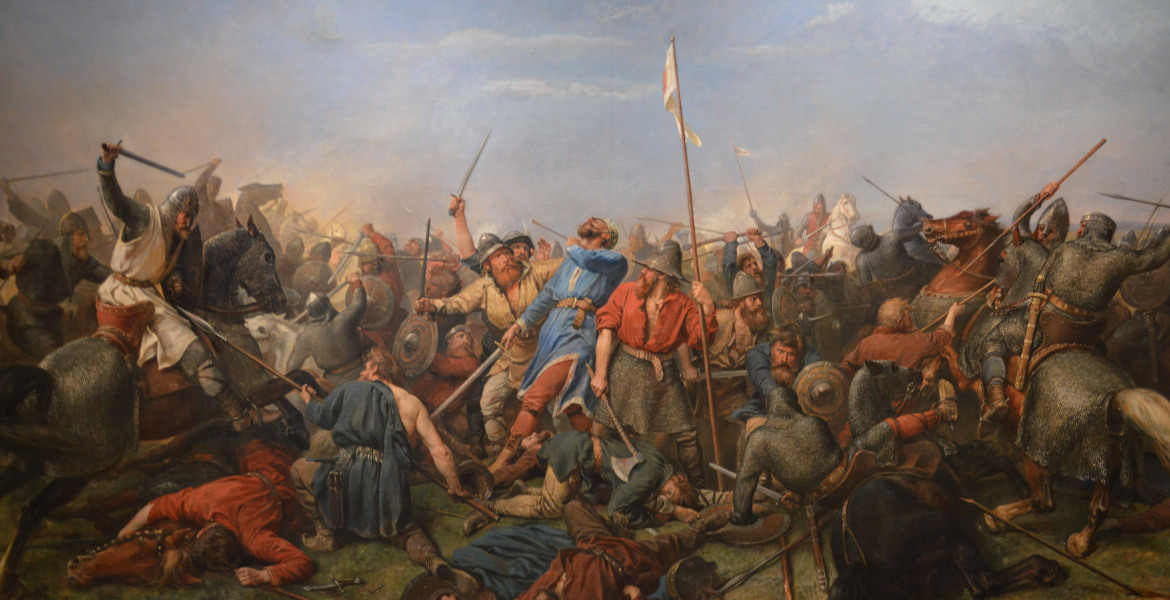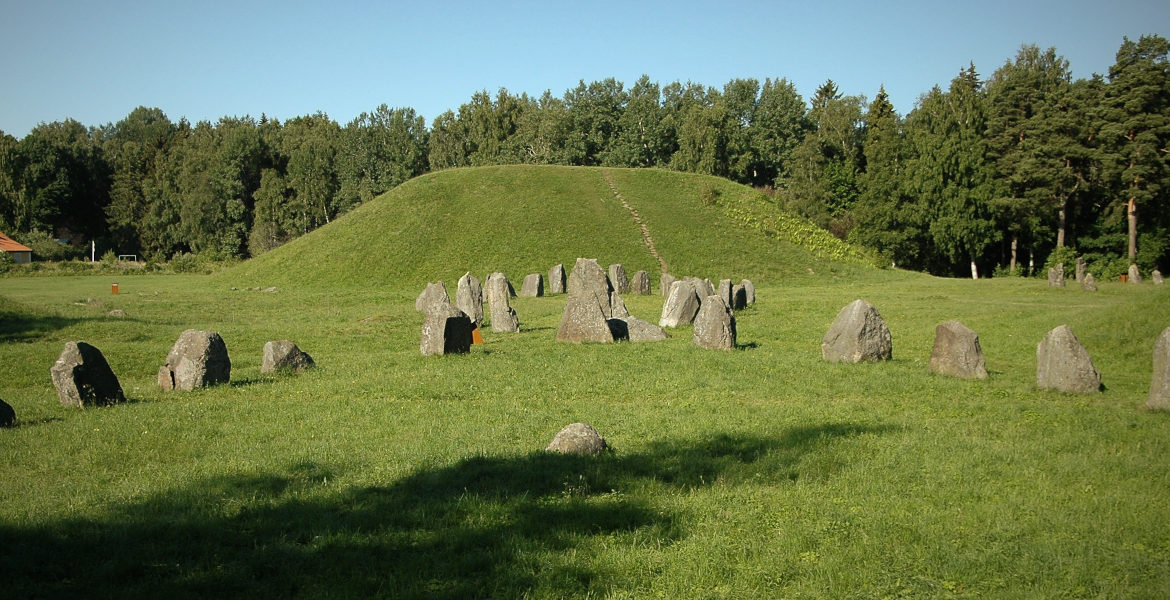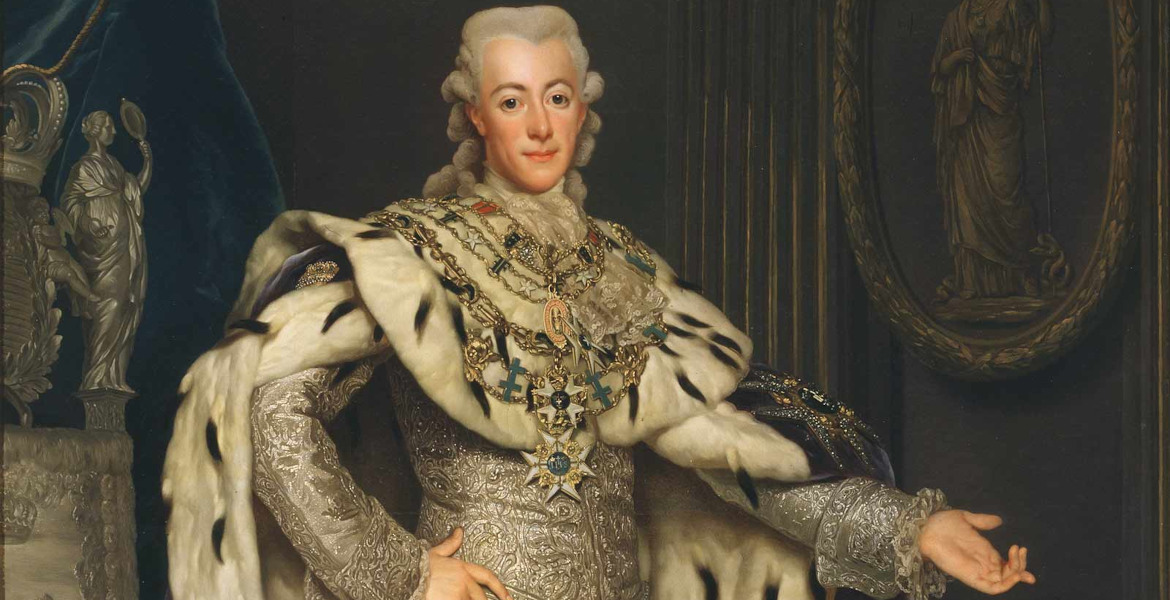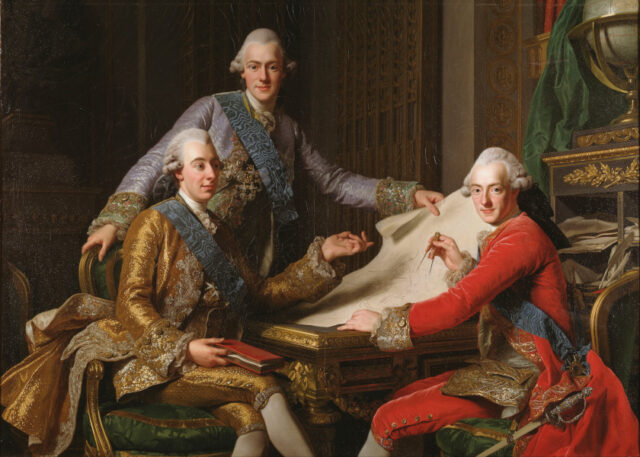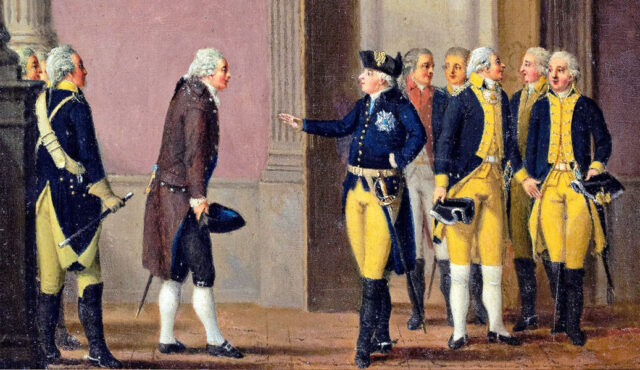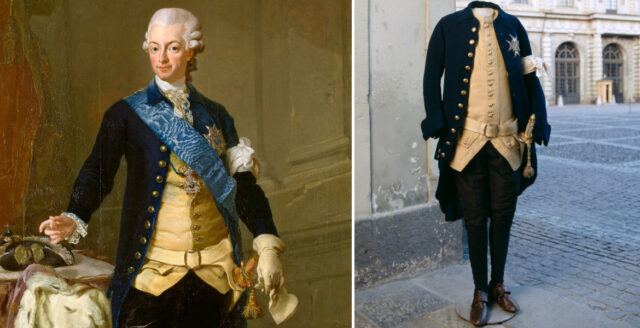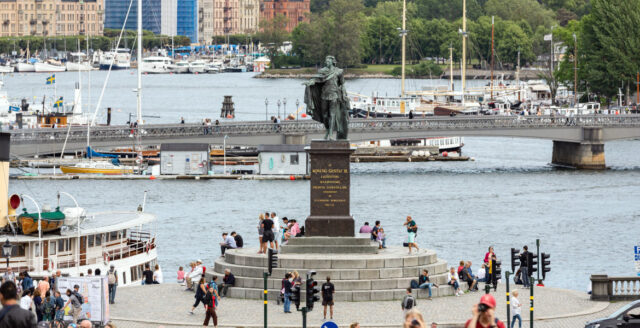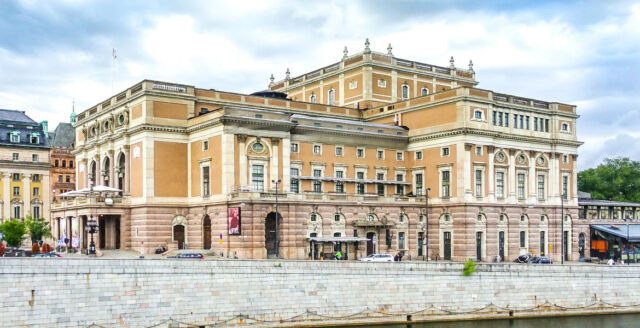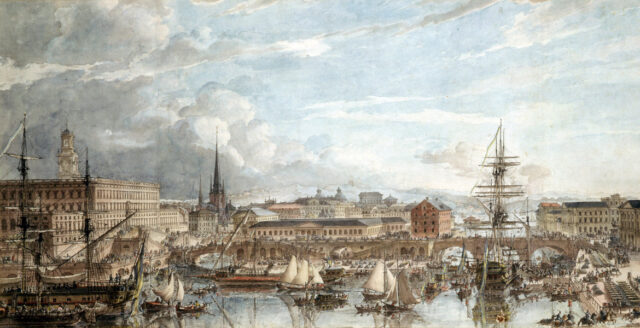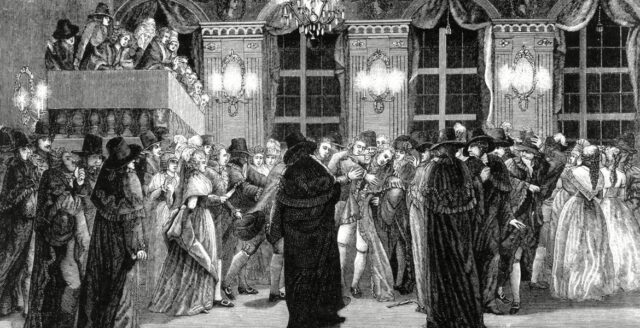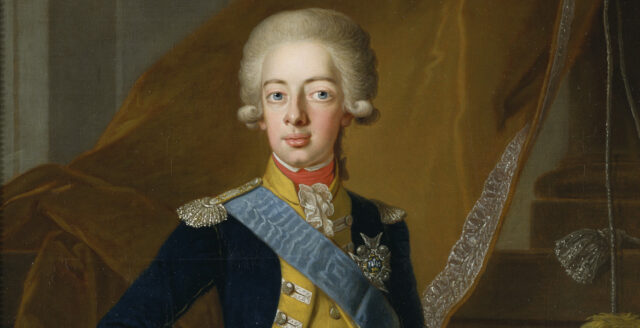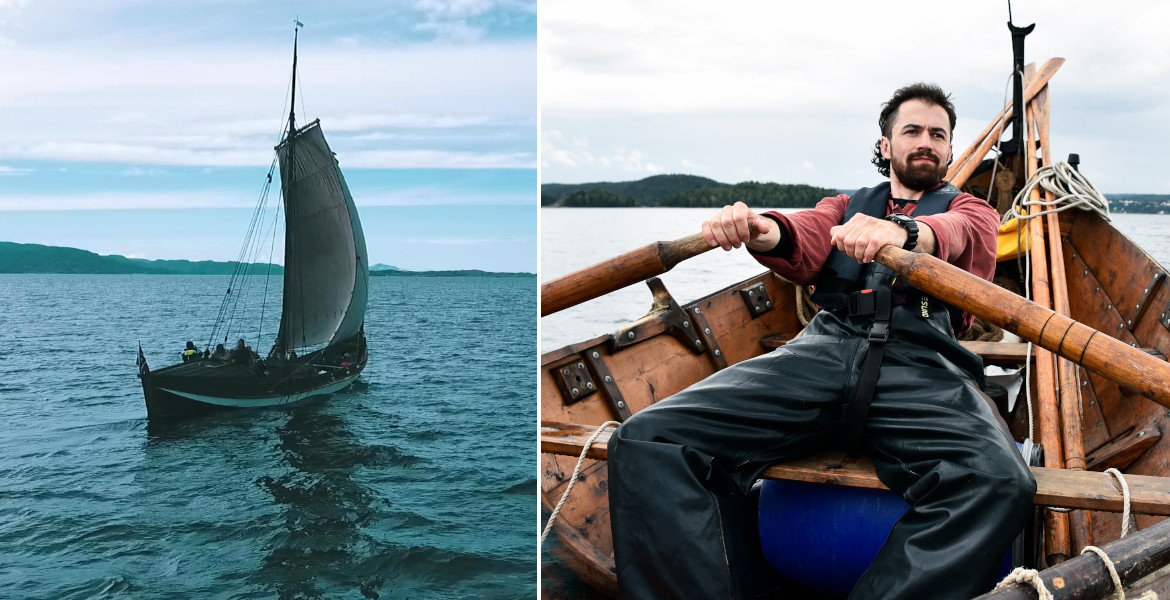The year 1066 was a dramatic year in European history, and England stood without a king after Edward the Confessor died childless in January. Several powerful men laid claim to the English crown, and among them was Harald Hardrada – Norway's king and perhaps the last great Viking king.
For three centuries, the Vikings had shaped Europe's development in decisive ways. They had established trade routes from Greenland to Constantinople, founded cities and kingdoms from Dublin to Kiev, and erected runestones that tourists and history enthusiasts can still observe and be fascinated by today.
Their advanced shipbuilding skills enabled journeys that no other contemporary culture could undertake, and the Nordic ting system had also introduced forms of popular participation in legal processes that were very unusual in Europe at that time.
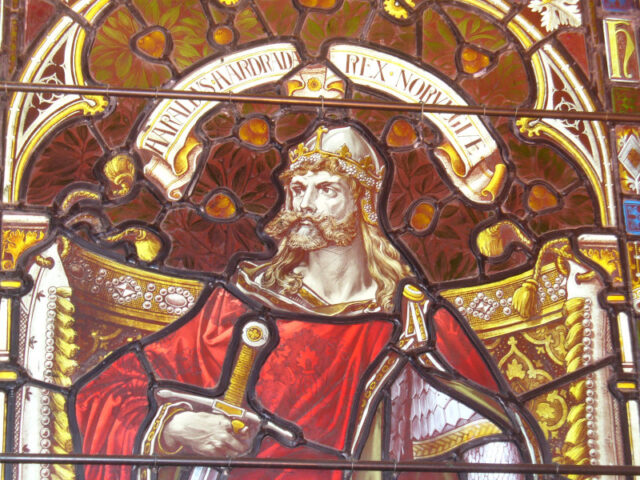
Harald Hardrada himself was a complex ruler who combined military skill with administrative talent. He had served as a Varangian Guard in Constantinople, gained extensive experience in Byzantine statecraft, and since 1046 had developed Norway into a strong kingdom. Under his rule, Oslo was founded, trade flourished, and church building was promoted.
According to the sagas, he was exceptionally tall for his time, and with his broad experience from different kingdoms and cultures, he likely appeared as one of his era's most worldly rulers.
England had simultaneously undergone its own development since the first Nordic contacts in the 700s. It was now a united Christian kingdom with strong institutions. The new king, Harold Godwinson, represented this Anglo-Saxon state formation – a nobleman and experienced military commander with ties to continental princes and support from the church's most powerful men.
The Norwegian claim to England's crown
Harald Hardrada's claim to the English throne was not pulled from thin air. It was based on a complicated chain of inheritance claims and agreements stretching back decades.
The foundation lay in an agreement from the 1030s between Magnus the Good of Norway and Harthacnut of Denmark and England. According to this agreement, whoever survived the other would inherit both kingdoms. When Harthacnut died in 1042, Magnus claimed both Denmark and England according to the treaty. He managed to partially control Denmark, but never had time to formally claim England before he himself died in October 1047.
Harald, who had been Magnus's co-regent since 1046 and became sole king after his death, believed he had inherited these rights. From a Norwegian perspective, the claim was legitimate – it was based on a formal agreement between two kings. That England did not recognize this was seen from the Norwegian side as a serious breach of contract.
Furthermore, Scandinavian influence in England had been strong during the time of Canute the Great (1016-1035), when England had actually been part of a North Sea empire together with Denmark and Norway. For many Norsemen, it seemed natural to re-establish these bonds.
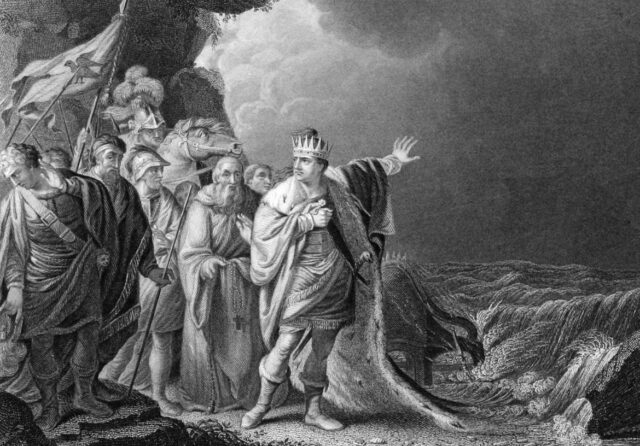
Tostig and the alliance
The spark that ignited the expedition was Tostig Godwinson, Harold Godwinson's own brother. Tostig had been Earl of Northumbria but was deposed after local complaints in 1065. When he sought allies to regain his position, he found a natural partner in Harald Hardrada.
For Harald, Tostig's offer combined several advantages. He gained an English-speaking ally with local knowledge, legitimacy through a member of the English nobility, and the opportunity to realize both his inheritance claims and his vision of an expanded Norwegian realm. It was the type of grand state-building that had characterized the Viking Age.
In September 1066, Harald sailed from Norway with a mighty fleet – the sagas speak of 300 ships. With him he brought some of the North's finest warriors, skilled diplomats, and his son Olav. They landed at the Humber River and marched north toward York.
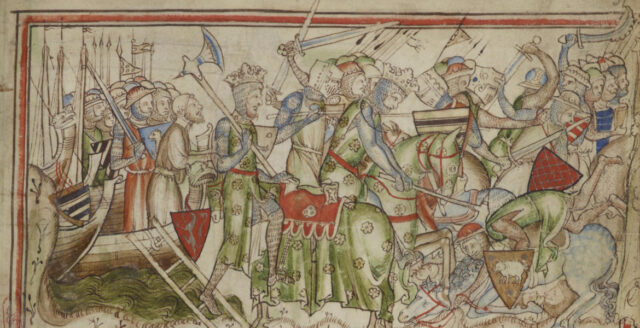
The first successes
Initially, everything went according to plan. On September 20, the Norwegian army met the English forces at Fulford outside York. The local earls Edwin and Morcar led the defense but could not withstand the Norwegian army. Harald Hardrada showed that he was still a skilled field commander.
York, the old capital of Jorvik where Scandinavian influence had been strong since the 800s, capitulated. The city had long ties to Scandinavia and many inhabitants had Nordic origins. Harald and Tostig made camp at Stamford Bridge, about eleven kilometers east of York, and waited for local nobles to come with hostages and provisions according to the customs of the time.
But Harold Godwinson acted quickly. When he heard of the Norwegian expedition, he was in southern England, where he was watching the coast for an expected Norman invasion. With impressive marching speed, he brought his army north, including his huscarls – professional warriors organized according to Scandinavian models.
The Battle of Stamford Bridge
On September 25, Harold Godwinson's army unexpectedly arrived at Stamford Bridge. The Norwegian forces were unprepared – many had left their mail coats at the ships due to the warm late summer weather. According to the Anglo-Saxon Chronicle, the Norsemen were completely surprised.
The details surrounding the battle are disputed, as sources are few and often contradictory. According to a later tradition, a single Norwegian warrior is said to have defended the bridge over the River Derwent and held up the English advance. Regardless of its truthfulness, the story illustrates the intensity of the battle.
The English army was both larger and better prepared. Harald Hardrada led his people from the front as the customs of the time demanded, but fell pierced by an arrow in the throat. Tostig Godwinson was also killed in the battle.
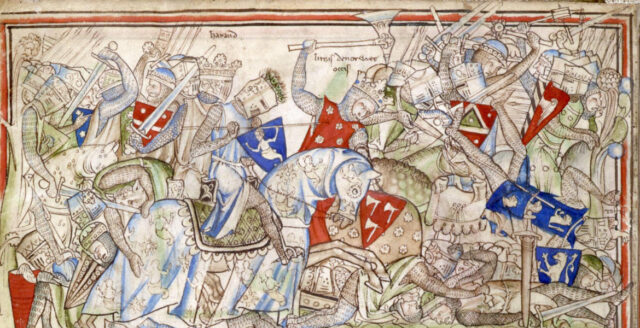
Short-lived triumph
The losses for the Norwegian side were extensive. Of the great fleet, according to the sagas, only 24 ships were needed to carry home the survivors. Harald Hardrada's son Olav, who survived the battle, was allowed to sail home in exchange for promising peace with England.
For Norway, the outcome meant a deep loss. A significant part of the kingdom's leadership had fallen together with their king. The country was thrown into a period of uncertainty that would mark the coming generation.
But Harold Godwinson's triumph was short-lived. Just three days after the Battle of Stamford Bridge, William of Normandy landed on England's south coast on September 28. Harold was forced to march south with his exhausted army. On October 14, they met at Hastings, where Harold fell and England got a Norman dynasty.
The Viking Age comes to an end
But why does Stamford Bridge specifically mark the end of the Viking Age? It's about more than a single battle. Harald Hardrada represented the Nordic ideals of his time – the charismatic king who combined trade, diplomacy, and warfare to build strong kingdoms, and his expedition was also the last great attempt to expand Nordic royal power according to the Viking Age pattern.
After 1066, the Nordic societies changed fundamentally. Norway was thrown into internal power struggles after the loss of king and warrior elite, while Denmark made another (unsuccessful) attempt to attack England under Sweyn Estridsson, but then turned its gaze toward Wendish areas by the southern Baltic Sea.
Sweden, largely unaffected by the events in England, continued its gradual expansion toward Finland and would later direct itself toward the Baltic region. All three kingdoms were integrated more deeply into the European Christian community.
It's important to emphasize that the Viking Age was never solely about military expansion. The Norsemen's contributions to European trade, urban development, seafaring, law, and state formation were at least as significant, and trade, which had always been central to the Vikings, continued and developed further. The international networks that the Vikings built would enrich the Nordic countries for centuries to come.
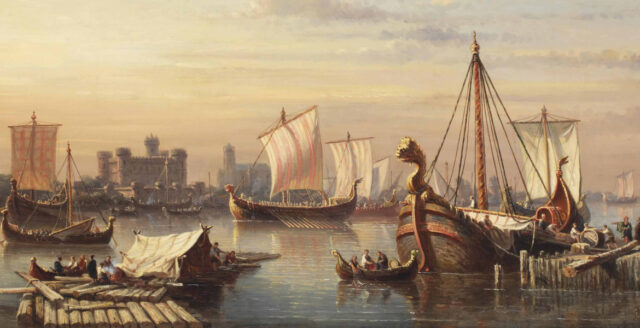
Focus shifts home
From a Nordic perspective, Stamford Bridge marks the transition from an expansive period to a time of consolidation and state-building at home. The Scandinavian kingdoms began developing more complex administrative structures according to European models.
The transition should not be overstated. Scandinavian merchants continued to be active from Iceland to Constantinople. Nordic warriors still served in the Byzantine emperor's Varangian Guard. The knowledge and international contacts that the Vikings had built up continued to enrich the Nordic societies, but the time for large-scale Viking expeditions to establish new kingdoms was over.
When Nordic kings in the following centuries again led large-scale military expeditions, it would be as Christian crusades against pagans in the Baltic region and Finland – not as the Viking Age's free conquest campaigns, but as holy wars sanctioned by the church and organized according to European patterns.
For Sweden, which did not directly participate in the events of 1066, the consequences were indirect but significant. Sweden could focus on its own development and its eastern connections to Finland and Russia, where Swedish merchants and warriors continued to be active for a long time to come.
The legacy of Stamford Bridge
The Battle of Stamford Bridge is counted as the Viking Age's last great battle. It represents the transition from an epoch where Nordic kings could lead expeditions to establish new realms, to one where the Scandinavian countries developed into more centralized states of European type.
Ironically, it was the Normans – descendants of Norsemen who had established themselves in France generations earlier – who conquered England. But they came as representatives of a French knightly culture, not as the Viking Age's free Norsemen.
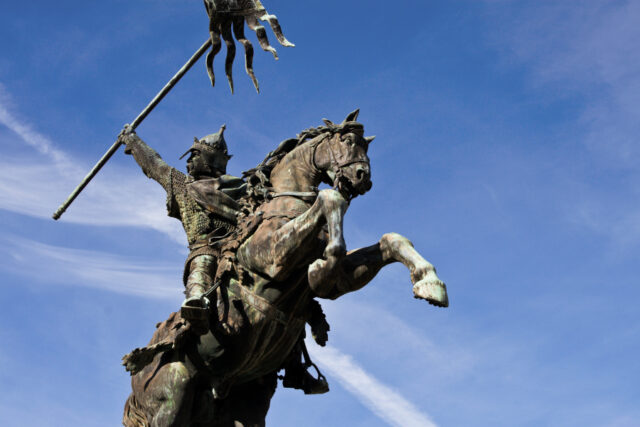
That Viking descendants ruled in Normandy, while Scandinavians served in Constantinople and Nordic dynasties reigned from Dublin to Kiev, shows how comprehensive Nordic influence over Europe actually was at this time.
When Harald Hardrada fell at Stamford Bridge on September 25, 1066, the Viking Age was over: three centuries of Nordic expansion westward ended in a few hours in Yorkshire, England.
But the Viking Age's contributions to Europe persisted for a long time afterward: trade routes still in use, legal systems that influenced the entire continent, a rich saga tradition, and seafaring knowledge that later generations built upon. It became a legacy more enduring than many empires.
